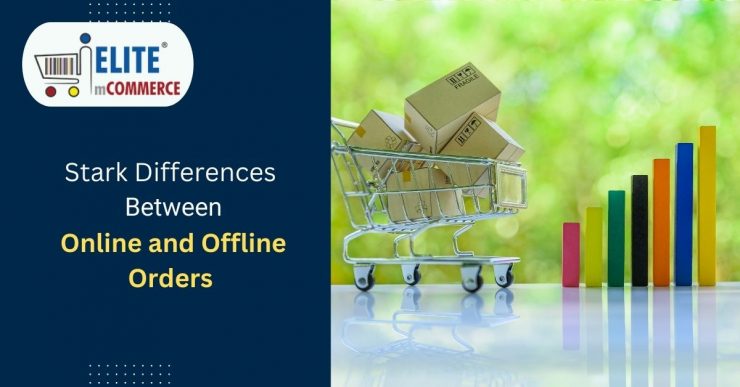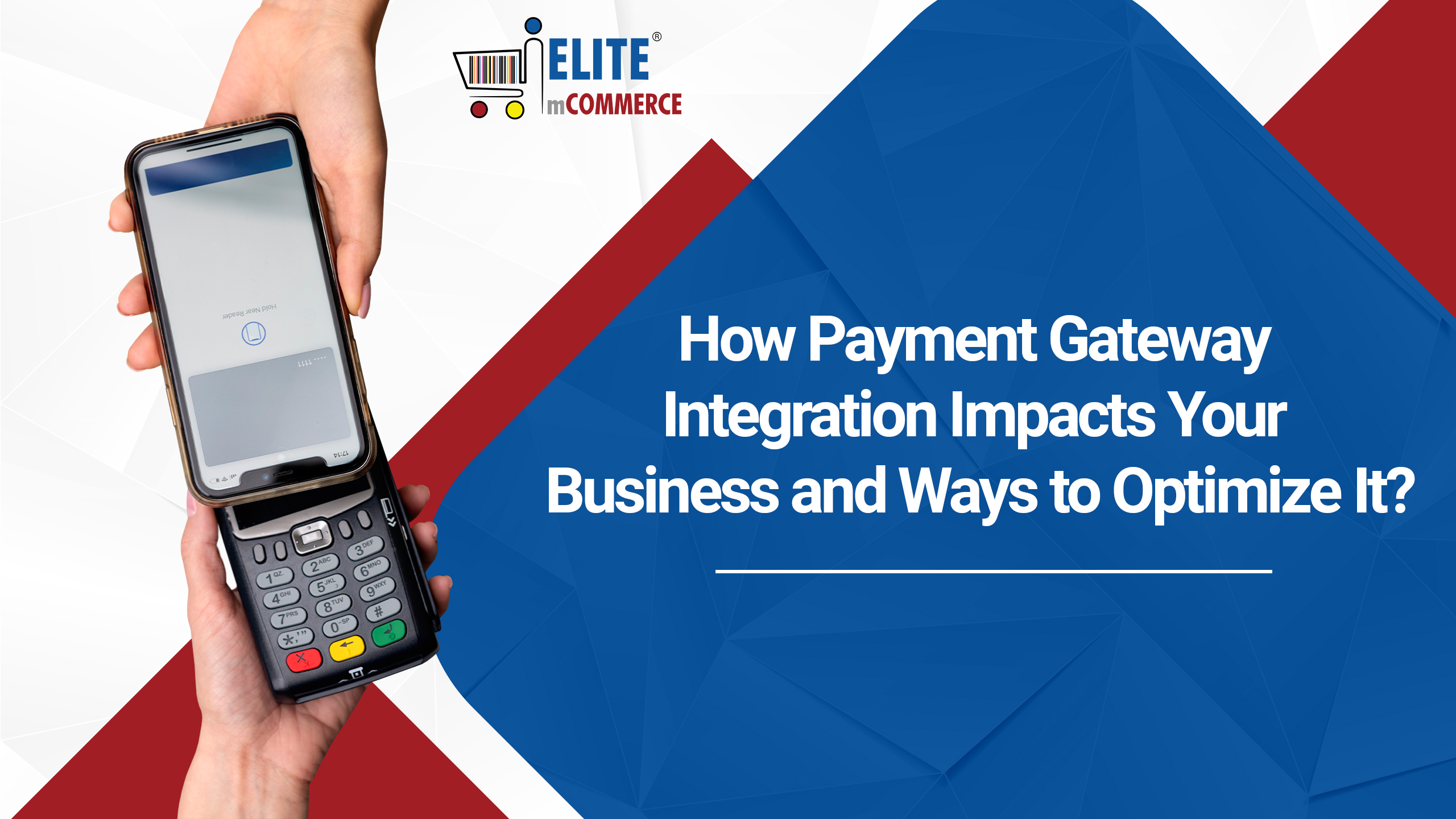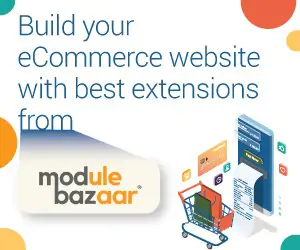Food has a special place in our lives. Over the past five years, food delivery apps have seen significant growth. The COVID-19 pandemic, in particular, only added fuel to the fire as customers discovered touchless transactions and the convenience of food at the doorstep. Platform-to-consumer services expanded, and it catered to more than just cooked food delivery – grocery and meat delivery also found their way onto apps in ways that comparative order-placing is taking over the otherwise soft retail market. Since its introduction in 1995 (the World Wide Waiter, which is called waiter.com), the industry has grown and, today, is adding billions of dollars in revenue, and the network effects of delivery riders have enabled route optimizations and faster and cheaper delivery systems. The explosive invention of the smartphone put quick comfort and convenience into the hands of the everyday human. Who would have thought that delivering food would actually become a business?
Learn more about the best food delivery services of 2022 right here.
According to Future Market Insights, the online food delivery market is expected to grow exponentially at a CAGR of 9.8% between 2022 and 2032. The global market for meal delivery services is anticipated to reach a market worth of US$ 97,291.58 Million by the year 2032.
The industry is consistently gaining leverage.
The widespread use of internet-enabled smartphones, and the plethora of food delivery apps available on them, has prompted individuals to dig through the variety these applications offer. Expansion is also encouraged due to large investments in the food transportation industry. Further, with the advent of consumer-centricity, customization began to gain importance. Penchants such as fresh cuisine, speedy deliveries, and the ever-increasing demand for convenience food are propelling the popularity of online food delivery services. Modifications in preferences are also having a significant impact on market growth.
Read all about the best meat delivery apps available today.
Online food delivery is a boon for individuals who are especially hard-struck for time. As the environment around the world becomes unpredictable offline shopping is losing importance, and online delivery services are taking precedence.
Difference between online and offline order and delivery
At the outset, the biggest difference between online and offline deliveries is the internet. An initial registration and advance payment follow online orders. However, an online order may get converted offline when the user requests offline payment and, say, even an offline pickup of the chosen items. You may also set up a refund policy if the registration gets canceled.
Online orders come with several conveniences. Order anytime and anywhere, and the requested food will be at your doorstep. Traditional food ordering can be time-consuming. You must get to a restaurant, check the menu, order the food and then make the payment before you disembark. Online food ordering is extremely popular due to its myriad benefits.
In the act of absolute convenience, read how food delivery apps can help senior citizens.
Ideal Features of a Food Delivery App
If there’s anything that online food delivery promises, it’s instant satisfaction. Businesses are realizing the revolution and trying to bring convenience closer to consumers. Retail businesses and restaurants must invest in a food delivery app that will help them grow their business without any exceptions. While there are always guarantees of fresh and quick food deliveries, what do you think makes these apps tick? What are the primary attributes you, as a restaurant, must look for when choosing an app?
Read Also:How to Leverage Your Food Delivery App By Streaming Movies to Your Subscribers?
For your consumers
Highly user-friendly interface – This is foremost if you want the customer to navigate around your dishes promptly and order. The fewer the steps to order, the better the experience and the more the orders.
Menu or Food Filtering System – Users can seek healthier food or look for food preferences closer to their area. Easy search, pick and pay options will provide searchers with diversified menu choices without wasting time.
Registration:- Keep the registration process extremely simple. That way, users are not intimidated and can directly jump into the app to look for what they want.
Food history and review:- If consumers can check their previous orders, they will tend to order their ‘favorites’ again, primarily because they remember the taste and experience.
Secure payments:- For your client to return, you must make them feel secure. Allow them to choose the payment method or gateway of their choice. You can also draw additional clients when you offer a discount on your delivery and food prices.
Order Tracking:- Customers can schedule their activities appropriately when they know when their order will arrive. It would be more effective if they could be made aware of the location and arrival time of the food. Include a GPS tracking system to augment functionality.
Conclusion:-
The online food delivery app industry is flourishing, mainly due to the aftermath of the COVID-29 pandemic. Overall, food delivery businesses are predicted to expand at a rate of over 10.5% in the coming years. These figures clearly demonstrate how much consumers adore getting their meals delivered whenever they want them. The sector is highly dynamic; you can adopt several strategies to differentiate your app from the competition. With our technical know-how, you can continuously innovate and create distinctive features, including price variations, depending on the customer’s needs. Check with us to find out more.









Add comment